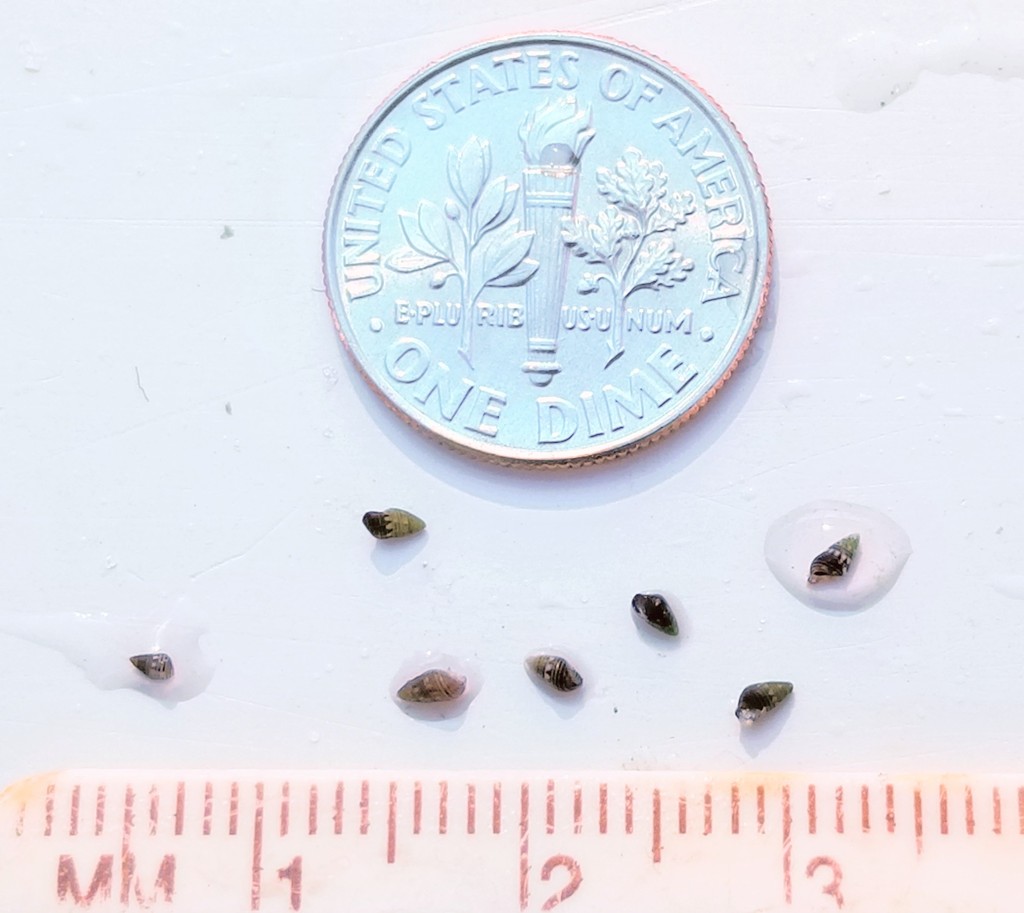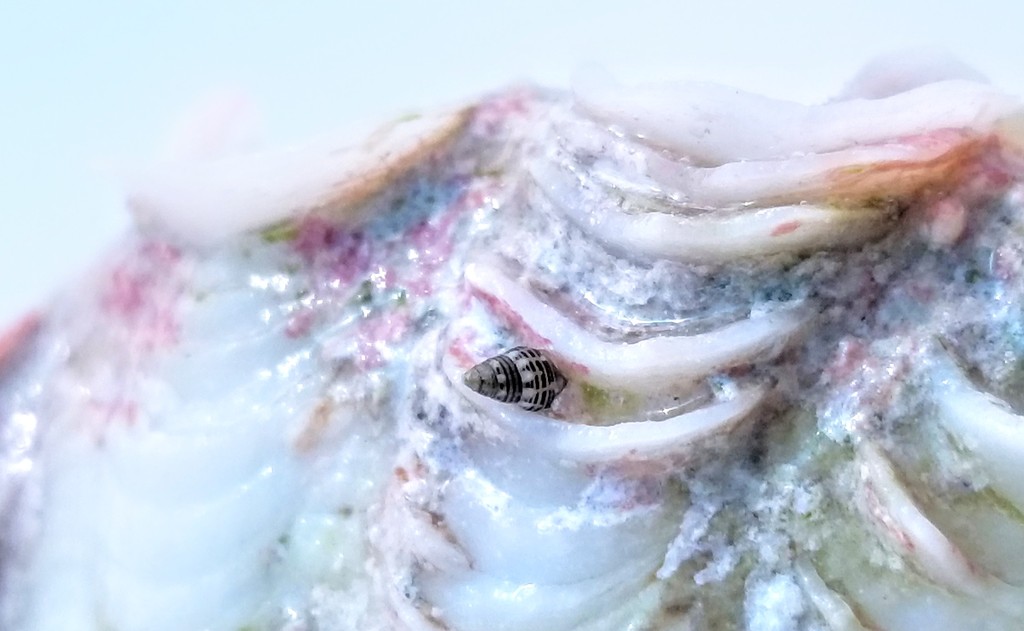- Joined
- Feb 14, 2019
- Messages
- 26
- Reaction score
- 20
Here's a little better picI'm not sure I see pyramids but the clam unfortunately does not look good.
Follow along with the video below to see how to install our site as a web app on your home screen.
Note: This feature may not be available in some browsers.
Here's a little better picI'm not sure I see pyramids but the clam unfortunately does not look good.


